In the last of our current series of self-drive guides, we bring you Scandinavia! Whether it is chasing the Northern lights in Norway, stuffing your face with pastries in Denmark or flat pack furniture shopping in Sweden, Scandinavia is simply a driver’s dream due to its extensive network of well maintained, virtually empty roads, that cut though breath-taking scenery, as well as one of the world’s best road safety records. So, what are you waiting for? Load up that Volvo, turn Abba up to eleven and let’s set off into the Land of the Midnight Sun.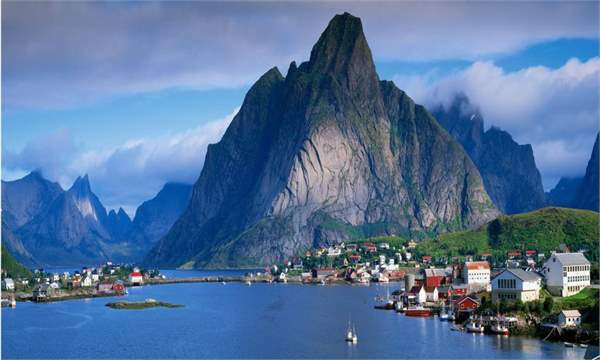 On your marks: There are four types of roads in Scandinavia with the following speed limits:
On your marks: There are four types of roads in Scandinavia with the following speed limits:
| Country |
Residential areas |
Urban roads |
Non-urban roads |
Motorways |
| Denmark |
30km/h 18mph |
50km/h 31mph |
80km/h 50mph |
130km/h 80mph |
| Norway |
30km/h 18mph |
50km/h 31mph |
80km/h 50mph |
110km/h 68mph |
| Sweden |
30km/h 18mph |
50km/h 31mph |
70km/h 43mph |
120km/h 75mph |
You do not have to pay motorway tolls in Denmark - although if you do cross the Oresund Bridge you have to pay €52 (or €22 if get a BroPas beforehand) and €39 to €57 depending on day and time to cross the Storebaelt Bridge. Both bridges have tollbooths where you can pay with cash. There are numerous toll roads in Norway and all bar two are automatic payments. Before travelling, you should pre-register your credit card or pre-purchase credit in order to pay for the tolls. If you do not, be warned that Euro Parking Collection (EPC) will find you and invoice you accordingly. There are no toll roads in Sweden apart from the Oresund Bridge as mentioned above that connects Sweden and Denmark. Take the hassle out of all the tolls and order an AutoPass beforehand. It works just like an Easytrip pass over here and you don’t have to worry about cash or invoices, you can get toll discounts and it can be used on ferries too. Order one from https://www.tolltickets.com/ 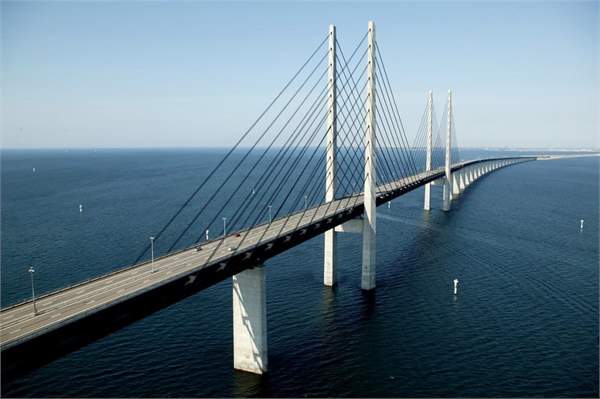 Get set: By law, you must:
Get set: By law, you must:
- Have a full driver’s licence, no learners allowed.
- Be at least 18 years old,
- Have at least third party insurance.
- Wear a seat belt in the front and rear at all times, if fitted.
- Use a hands-free kit whilst using a mobile phone in both Denmark and Norway. In Sweden, the law is a little unclear; you must not text whilst driving but you can use your phone as long as it is not in a manner deemed "detrimental" to your driving. It is up to the police to decide this, so the best advice: just use a hands-free kit as you would at home.
- Ensure children under three years old are in child seats adapted to their size and children under 1.35 metres are in a child restraint system suitable for their height and weight.
- Use daytime running lights even during daylight hours, even in the summer.
- Not have a blood alcohol limit exceeding 0.5g/l in Denmark and not exceeding 0.2g/l in Norway and Sweden. Police carry out random breath tests and dole out hefty fines, but sure it is too expensive to drink in Scandinavia, so just stick to the coffee, the coffee is great!
- Not drive under the influence of psychotropic substances. All three countries ban driving under the influence of THC (cannabis), methyl amphetamine and MDMA (ecstasy). Norway lists another 17 banned substances and Denmark a further 51 drugs. Police will test you for them if they suspect you are under the influence and will fine, ban or imprison you.
- Use winter tyres in Norway and Sweden with a minimum tread depth of 3mm in winter road conditions. The police decide when winter tyres must be used. It is not mandatory to use winter tyres in Denmark but it is recommended in wintery conditions.
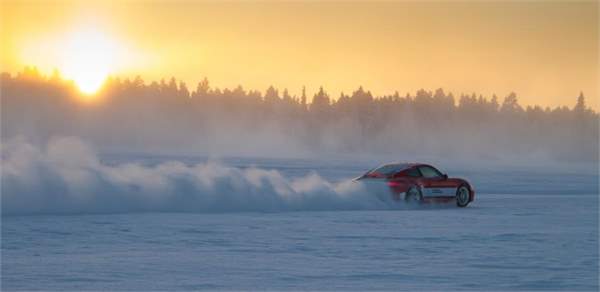 Go: As mentioned, Scandinavia has some of the best road safety records in the world, thanks to the strict policing and roads built for safety first and speed and convenience somewhere down the list. Most of the hazards whilst driving in Scandinavia are actually to do with nature and not other road users. Moose and dear are a real danger on roads as they jump out of nowhere and scare the life out of drivers causing them to swerve dangerously or to hit the animal, which, as you can imagine due to their size, can cause considerable damage to vehicles.
Go: As mentioned, Scandinavia has some of the best road safety records in the world, thanks to the strict policing and roads built for safety first and speed and convenience somewhere down the list. Most of the hazards whilst driving in Scandinavia are actually to do with nature and not other road users. Moose and dear are a real danger on roads as they jump out of nowhere and scare the life out of drivers causing them to swerve dangerously or to hit the animal, which, as you can imagine due to their size, can cause considerable damage to vehicles. 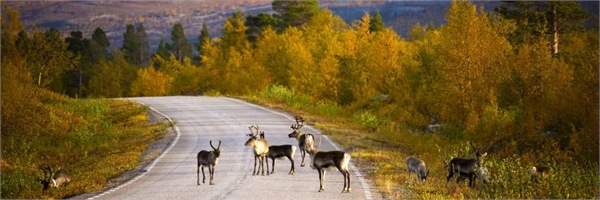 In Norway and Sweden, trams have the right of way and if there are no road crossings for alighting passengers, cars must stop to allow them to cross the road. In Denmark, buses have right of way and most times so do cyclists, look for signs that indicate otherwise. In Oslo, electric vehicles (EVs) can use the bus lanes. Remember to always drive on the right and, if not otherwise indicated, give way to traffic coming from your right or to those on roads sign posted as primary roads. It isn’t illegal to overtake on the right but there are so many rules and regulations regarding other cars, trams and buses and various speed limits and road types that it is just best to say overtake and pass on the left hand side, if safe to do so. Driving in the main cities of Scandinavia is not too much trouble at all apart from the extortionate parking prices, both on street and in garages. Also, as mentioned, buses, trams and cyclists have right of way and you must obey this and wait for passengers to clear too. Furthermore, Sweden, Stockholm and Gothenburg have congestion charges that apply to all cars; in Norway, the cities of Oslo, Bergen, Trondheim and Kristiansand have congestion charges or congestion tolls. Therefore, the main issue with driving in the cities is the cost. So, why not make like the locals and park in the suburbs and get the tram or bus in or hire out a city bike, as all major cities have one of these schemes.
In Norway and Sweden, trams have the right of way and if there are no road crossings for alighting passengers, cars must stop to allow them to cross the road. In Denmark, buses have right of way and most times so do cyclists, look for signs that indicate otherwise. In Oslo, electric vehicles (EVs) can use the bus lanes. Remember to always drive on the right and, if not otherwise indicated, give way to traffic coming from your right or to those on roads sign posted as primary roads. It isn’t illegal to overtake on the right but there are so many rules and regulations regarding other cars, trams and buses and various speed limits and road types that it is just best to say overtake and pass on the left hand side, if safe to do so. Driving in the main cities of Scandinavia is not too much trouble at all apart from the extortionate parking prices, both on street and in garages. Also, as mentioned, buses, trams and cyclists have right of way and you must obey this and wait for passengers to clear too. Furthermore, Sweden, Stockholm and Gothenburg have congestion charges that apply to all cars; in Norway, the cities of Oslo, Bergen, Trondheim and Kristiansand have congestion charges or congestion tolls. Therefore, the main issue with driving in the cities is the cost. So, why not make like the locals and park in the suburbs and get the tram or bus in or hire out a city bike, as all major cities have one of these schemes. 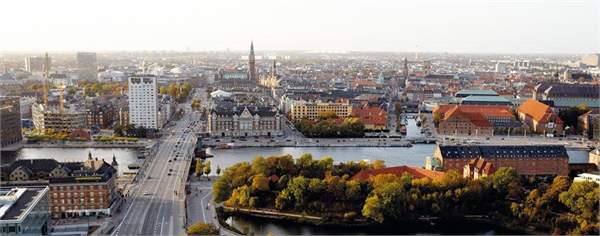 Places to Visit: The top place to visit in Denmark, Norway and Sweden is: Legoland It’s a land made of and full of Lego. Need we say more?
Places to Visit: The top place to visit in Denmark, Norway and Sweden is: Legoland It’s a land made of and full of Lego. Need we say more? 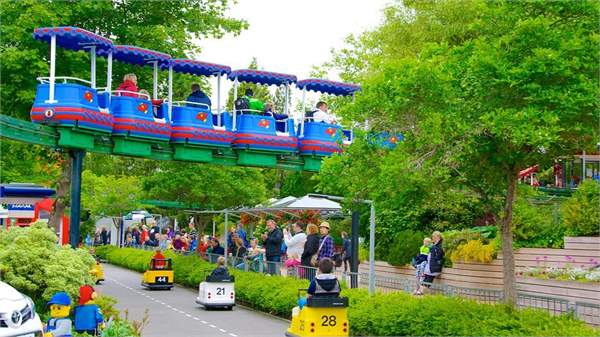 Tromso Situated 350km north of the Arctic Circle, Tromso is one of the best places in the world to see the magnificent Northern Lights. The city itself is very pretty with lots of 18th century wooden houses surrounded by forests, mountains, fjords and islands.
Tromso Situated 350km north of the Arctic Circle, Tromso is one of the best places in the world to see the magnificent Northern Lights. The city itself is very pretty with lots of 18th century wooden houses surrounded by forests, mountains, fjords and islands. 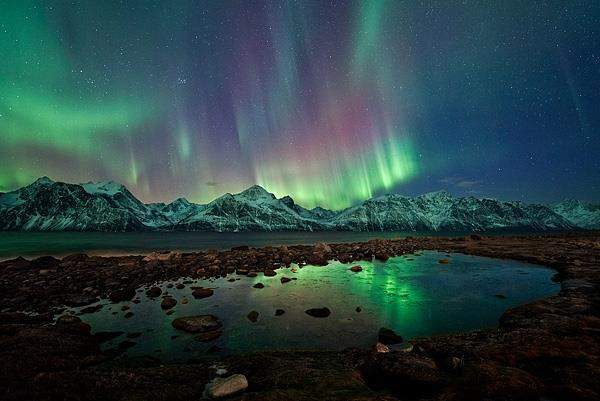 Stockholm Ok, an obvious choice, but Stockholm really is worth a visit. Made up of 14 islands it is an idyllic setting and has a lot to offer in terms of culture, nightlight and activities, as well as some great historic sites too. Plus travelling around the island by ferries under all those magnificent bridges is just a wonderful tourist experience. Recommended Roads: The Marguerite Route is not so much a road as an epic tour across 3,600km of Denmark, taking in over 200 of Denmark’s top cultural and natural attractions. It’s an interconnected system of small winding country roads that cuts through varied terrain as well as hills, forests, lakes, villages and major cities.
Stockholm Ok, an obvious choice, but Stockholm really is worth a visit. Made up of 14 islands it is an idyllic setting and has a lot to offer in terms of culture, nightlight and activities, as well as some great historic sites too. Plus travelling around the island by ferries under all those magnificent bridges is just a wonderful tourist experience. Recommended Roads: The Marguerite Route is not so much a road as an epic tour across 3,600km of Denmark, taking in over 200 of Denmark’s top cultural and natural attractions. It’s an interconnected system of small winding country roads that cuts through varied terrain as well as hills, forests, lakes, villages and major cities.  Trollstigen, aka "Troll Ladder" is a mountain road in Norway that attracts petrolheads the world over. It has a nine per cent gradient and 11 hairpin turns to test your driving skills and at the top you are rewarded with views of the valley below and the Stigfossen waterfall that cascades 320 metres down the mountainside. However, this road closes in winter, so summer driving only.
Trollstigen, aka "Troll Ladder" is a mountain road in Norway that attracts petrolheads the world over. It has a nine per cent gradient and 11 hairpin turns to test your driving skills and at the top you are rewarded with views of the valley below and the Stigfossen waterfall that cascades 320 metres down the mountainside. However, this road closes in winter, so summer driving only. 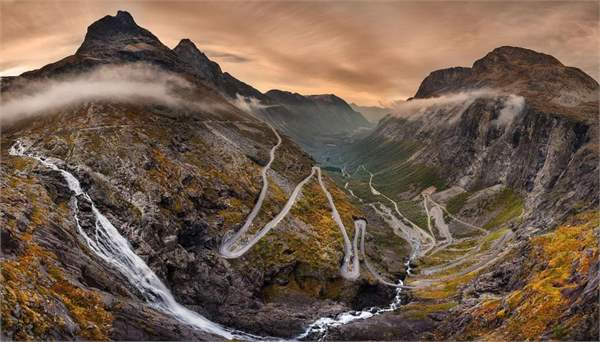 The High Coast via the E4 highway is Sweden is just spectacular and is rightly a UNSECO World Heritage Site. The landscape is unique and was formed with the retraction of the last continental ice sheet that made steep cliffs and a vast archipelago high above the Gulf of Bothnia. This road also takes you across the 1,867-metre long, High Coast (Högakustenbron) suspension bridge. Don’t look down!
The High Coast via the E4 highway is Sweden is just spectacular and is rightly a UNSECO World Heritage Site. The landscape is unique and was formed with the retraction of the last continental ice sheet that made steep cliffs and a vast archipelago high above the Gulf of Bothnia. This road also takes you across the 1,867-metre long, High Coast (Högakustenbron) suspension bridge. Don’t look down!